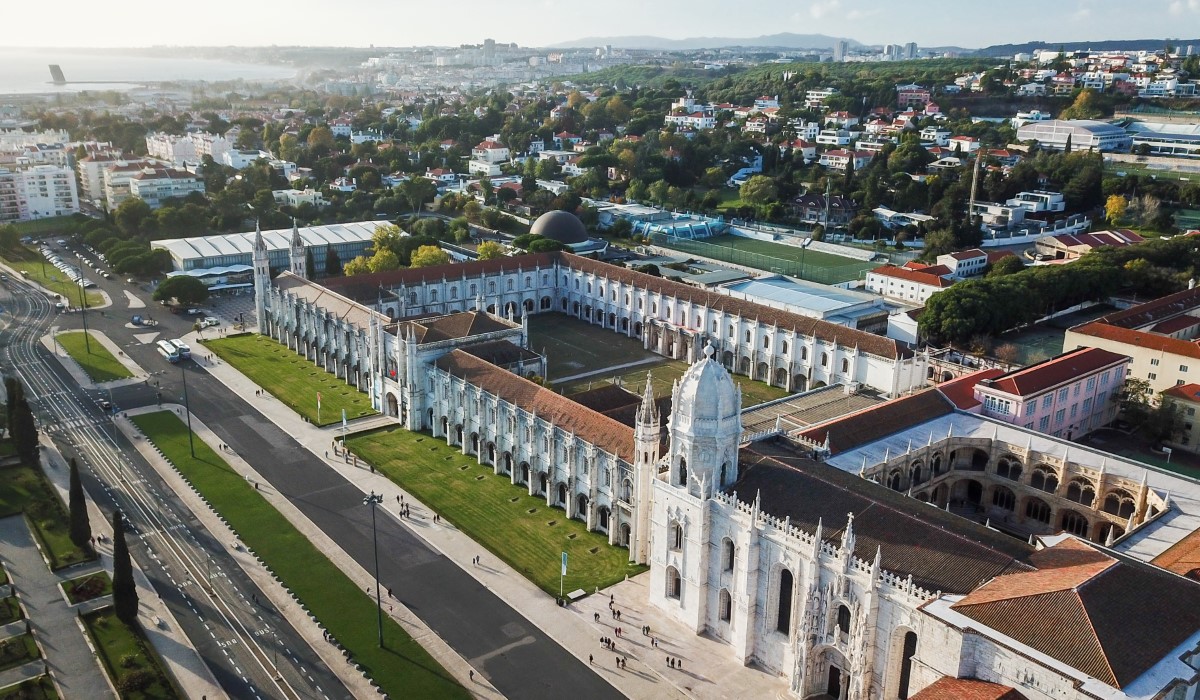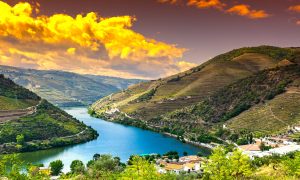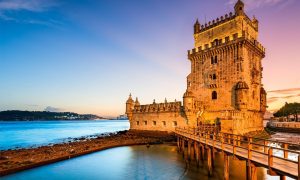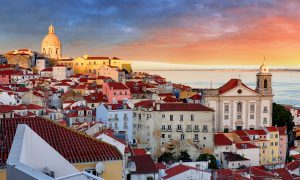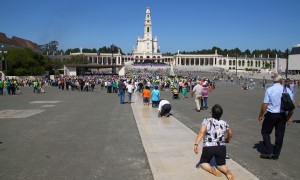The Torre de Belem (Belem Tower) is without a doubt Lisbon’s most notorious milestone. The tower was built in the sixteenth century in the Tagus stream to control the door to the city from the ocean.
The thought to fabricate a stronghold close Belem was propelled in the fifteenth century by King John II, who dispatched the development of a tower in the waterway Tagus as a major aspect of a bigger guarding defense. When arrangements for the tower were finished the lord had passed on and the task was retired.

The undertaking was resuscitated in 1514, amid the rule of his successor, ruler Manuel I. Another configuration for the invigorated tower was made by Francisco de Arruda and development began the accompanying year close to the harbor of Belem, the beginning stage of a number of the Portuguese wayfarers amid the Age of Discoveries. The tower was finished only after six years, in 1521. At the time the tower was known as the Torre de Sao Vicente (Tower of St. Vincent) as the ruler had put the tower under the assurance of St. Vincent, Lisbon’s benefactor paragon of piety.
The exquisite tower was planned in the new Manueline building design style, named for King Manuel I. The Manueline style is a Portuguese variation of the high Gothic style found in northern Europe yet with more abundant designs and nautical-themed decorations. The style reflected Portugal’s self-assurance and riches that was an aftereffect of the Age of Discoveries, when wayfarers secured provinces and made new exchange courses that brought wealth from India and other far-away ends of the line to Lisbon.
For a stronghold, the tower has a shockingly rich outer surface with delightful etched galleries and fine limestone decorations, a demonstration of the riches Portugal experienced amid the Manueline time.
The tower comprises of a six-sided base with Moorish style turrets at each one corner. A battery of standards were set here. The cross-vaulted cellar was later utilized as a jail. The patio over the cellar is designed with a statue of Mary and youngster that is intended to ensure seafarers.
The upper floors of the tower contained the ordnance and private homes. Most intriguing are the illustrious homes on the second carpet, emphasizing a wonderful Italianate loggia with etched sections and a few galleries with many-sided carvings. On top of the upper floor is an alternate patio, which offers delightful perspectives over Belem and the Tagus waterway.
The Torre de Belem was initially totally encompassed by water however throughout the hundreds of years the Tagus stream subsided and a segment has silted up. The tower is presently effectively open from the riverbank by a walkway that brings guests right to the do tower.






